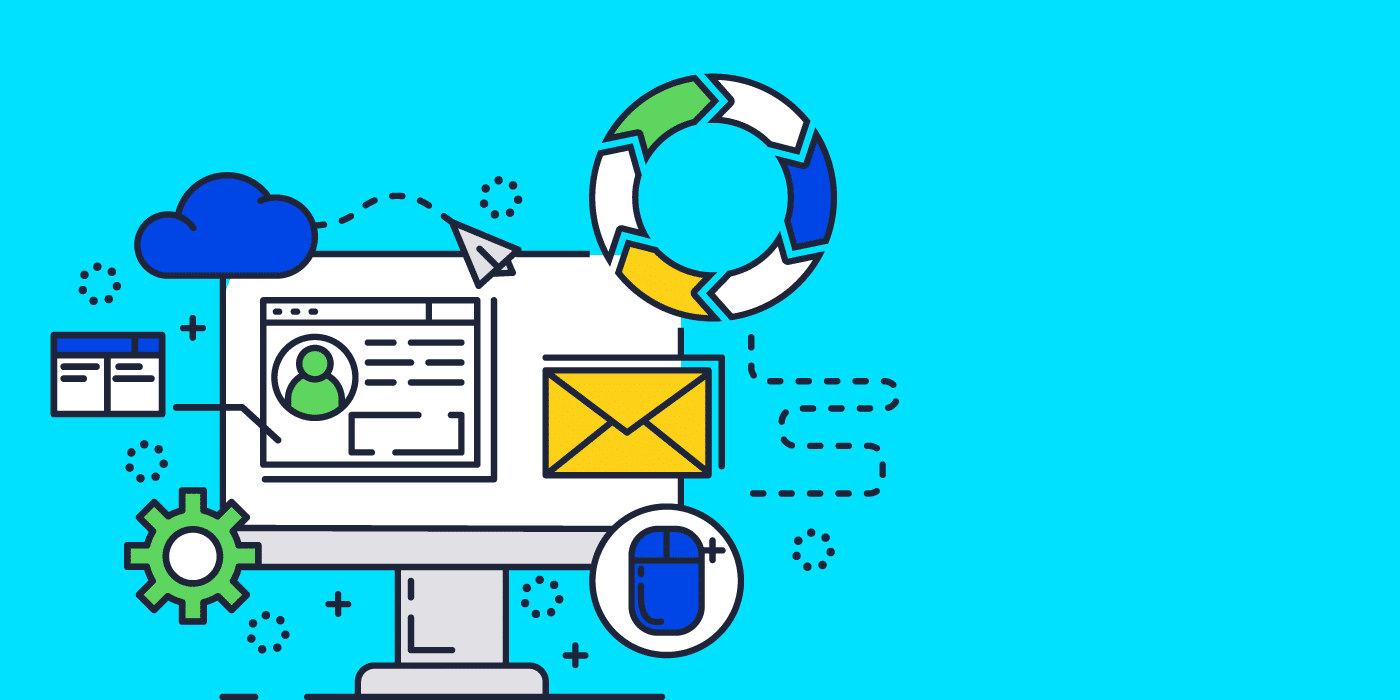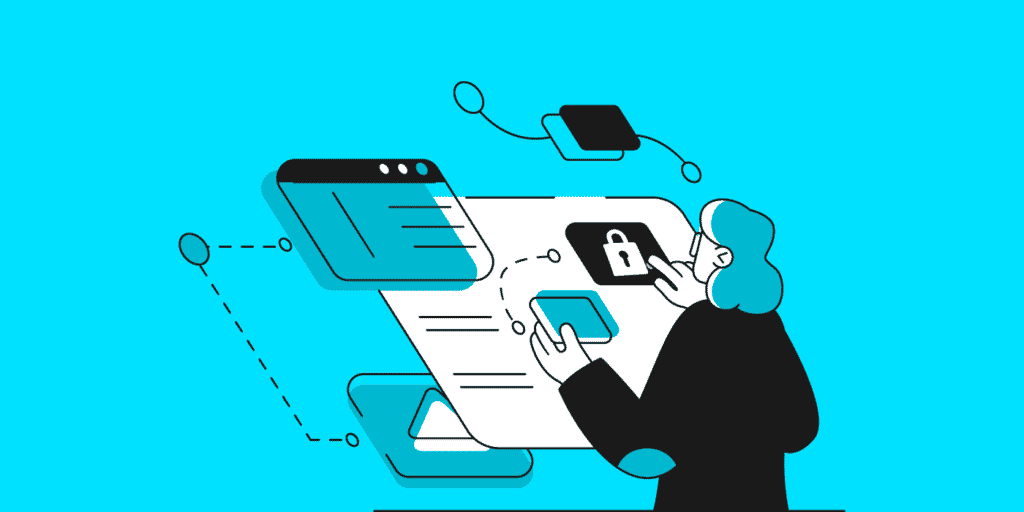Why IT Needs to Automate User Lifecycle Management Today
March 16, 2023
4 minute read

Welcoming new employees to your team should be one of the most exciting parts of running a business. But as workplaces expand—and new staffers are increasingly likely to work remote—the burden on IT departments can be daunting.
If your business is still onboarding new hires the analog way, your IT staffers are likely dreading the onslaught of data they’ll be manually adding to your system. An average company’s SaaS stack these days is about 130 apps; even for a handful of new hires, that’s a tremendous amount of work for IT. You didn’t hire them to do data input! They’d be a lot happier (and useful to your company) if they could be deployed as strategic problem-solvers instead.
Happy employees tend to stick around. When employees stick around, they’re likely to move within the company, needing to request access to new logins and clearances since IT first onboarded them. This could mean a lot more work for IT. Same goes for when a staffer finally leaves, when identity and access must be terminated or passed on to whoever’s taking over. But all this could be handled by IT in just a few clicks, with virtually zero chance of error.
Below, we’ll explain how this process of user lifecycle management can be optimized into an automated process… and a huge win for your IT department.
What exactly is user lifecycle management?
All the IT processes involved with an employee joining, moving within, or leaving your organization fall under the umbrella of user lifecycle management. To onboard and offboard users, or to apply mid-lifecycle changes—promotions, for instance—that’s the basis of ULM.
During these procedures, IT has to create user accounts, and assure the staffers associated with those accounts have proper role based access until the day they leave the company. Managing user lifecycle is an ongoing process further complicated by the past several years in workplace trends.
How a SaaS-filled workplace makes user lifecycle management so complex
Back when SaaS usage was still in its infancy, it was plausible to tackle user lifecycle management the old-fashioned way, without any automation. But SaaS workplace usage has exploded over the past several years. Worth repeating: the average SaaS stack contains about 130 apps, and there’s a good chance that number increases in coming years. The more apps in play, the more users IT has to create, the more access management for IT to handle. More tickets, more open tabs… you get the picture.
We wish we could say IT departments are growing at the same rate, but that’s just not the case. These days, IT is being asked to be as lean and economical as possible. Fortunately, resources exist that can give IT departments of all sizes a huge leg up in access control.
Why automation is so important in modern user lifecycle management
The key to empowering your IT department is automation. User provisioning is a huge time sink for IT when done the analog way, and automation will also eliminate the costly human errors that come from tasking your team with data input all day.
It’s a win-win, not to mention the benefits that will spread to the rest of your staff. Employees will appreciate not having to worry about their logins and app access, and they’ll get used to doing their jobs alongside an IT staff that’s freed up to help them perform better, rather than one that’s always bogged down with tickets and wait times.
The benefits of automating onboarding, offboarding, and mid-lifecycle changes
For a company with over 200 employees, manual user onboarding takes an average of six hours per new hire, and seven for offboarding a departing worker. The benefits of allowing a high-profile new hire to hit the ground running on their first day are obvious. No IT company wants to be known for how long everyone is always waiting around for their logins or laptops. Unsurprisingly, there’s a major correlation between automated onboarding and employee retention.
Here’s an example of how the onboarding process can be automated, kicked off by a Google Form submission:
Offboarding presents another set of challenges. IT must assure that any crucial data accrued by the outgoing staffer, as well as any logins or key responsibilities, are passed along to their manager and not lost in the shuffle. Security risk is another concern. Whether an employee left on good terms or not, you can’t leave any loopholes allowing them to still have access to your tech stack. Automated workflows can offboard an employee in one fell swoop, revoking their access and redistributing all relevant data immediately. (For a deeper dive on data breaches during offboarding and how automation can help, click here.)
Here’s a look at how the entire offboarding process can be automated, triggered by a ticket request in Jira:
Mid-lifecycle changes can even be done in bulk. Aside from your typical promotions and team transfers, automation is particularly valuable during mergers and acquisitions. Let’s say a smaller company that uses WebEx is acquired by a larger company that uses Zoom. Using automated user lifecycle management, IT could quickly assemble an automated workflow that creates Zoom accounts based off the existing WebEx accounts, then deletes those WebEx accounts to cut costs.
Why you should automate user lifecycle management in a SaaS management platform
For setting all this automation into motion, several options exist, including SaaS management platforms (SMPs), information platform as a service (iPaaS), and identity as a service (IDaaS). However, options like iPaaS and IDaaS are best suited to automating much more basic tasks, like sending a Slack message.
SMPs—like BetterCloud—on the other hand, were purpose-built to ingest metadata to make each action within a complex workflow extremely simple. For IT teams that manage multi-SaaS environments, BetterCloud user lifecycle management streamlines and automates the process of onboarding, mid-lifecycle, and offboarding SaaS application access and entitlements. Unlike identity and access management solutions that require manual intervention and custom scripting, or IT service solutions that generate tickets to be manually worked, BetterCloud’s granular, powerful automation and unlimited customizable workflows complement your IAM and help desk automation to improve IT efficiency by reducing up to 78% of SaaS management work.
For onboarding and offboarding—and everything in between—BetterCloud can help your company reap major dividends right away. Seismic, a San Diego-based sales enablement company with over 1,500 employees, reported saving 860 hours in one year after implementing BetterCloud to automate its ULM workflows. Regardless of your company’s size, the benefits are there for the taking.
To see BetterCloud in action, schedule a demo today.







